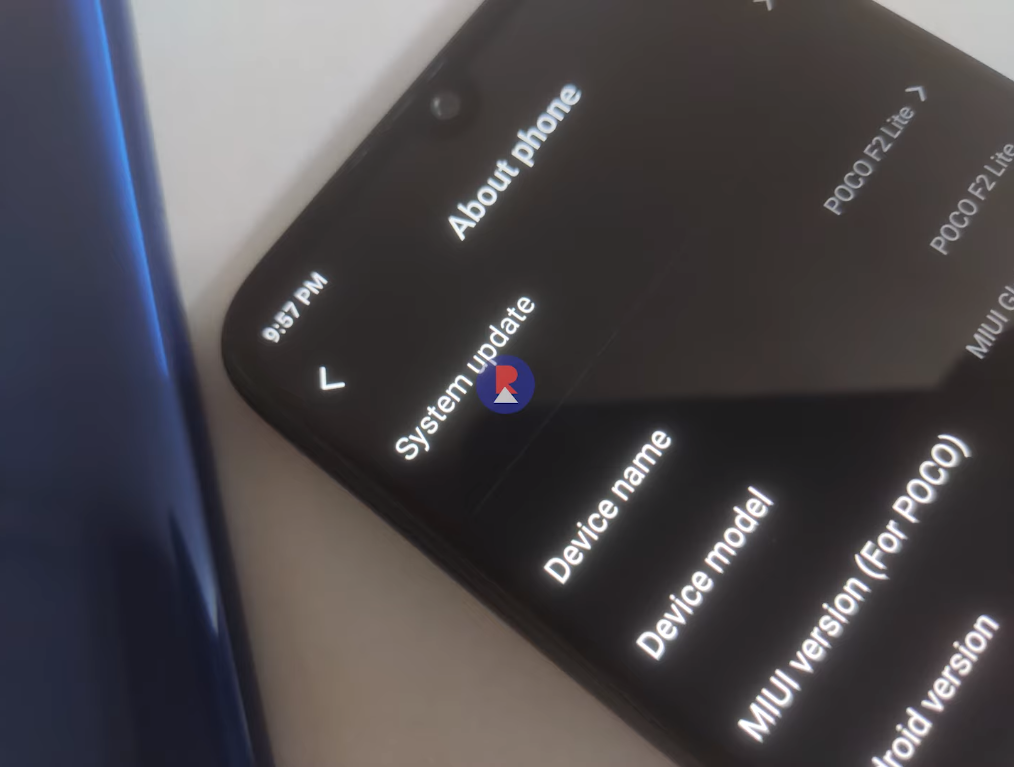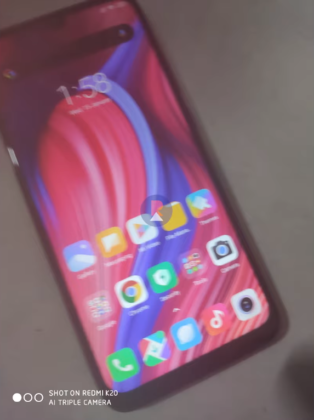Huawei’s Y-series has always targeted budget consumers and has always had a lower price point compared to other Huawei smartphones. This year the Y9 2019
comes in at a price of Rs. 37,999. That is not mid-range pricing, so
does it at least have the specifications to justify its price?
We got our hands on the Y9 2019 to find out exactly that. We’ve
already unboxed the phone on Facebook Live so it’s time now to dive into
the full review of the device.
Unlike other upper-midrange Huawei phones we’ve reviewed so far, Y9
2019 doesn’t feature a glass sandwich design. It makes do with a plastic
back, which is made to look like glass and feels fragile when you hold
it in your hand.
There’s no USB Type-C port on the Y9 2019, but we’ve come to accept
it as a reality that Huawei will only use microUSB ports for its
mid-rangers.
The power button and volume rocker on the side of the phone are a bit
too close but good design choice saves the day here. The power button
is textured and you can easily tell that you’re pressing the volume
buttons or the power button, making things less confusing.
Its display is massive, with a 6.5″ IPS Full HD+ (1080 x 2340)
resolution panel and a 19.5:9 aspect ratio, thanks to the notch at the
top. Viewing angles were good and you won’t have any problems using the
display outdoors in direct sunlight. However, the display is a bit on
the reflective side.
The bezels aren’t all that thin, which make the phone a bit bulkier
compared to flagships with a similar screen size. Playing games and
using the phone for multimedia apps was a pleasure thanks to its large
screen size.
Performance
Huawei Y9 2019 comes with a HiSilicon Kirin 710 processor along with 4
GB RAM and 64 GB of storage. Storage is expandable via a microSD card
slot.
Day to day performance was nothing out of the ordinary, apps opened
up fast with no stuttering or lag when switching between them.
Multitasking was also a breeze, with none of the apps reloading. Heavier
apps did reload, but only when I had a lot of other apps open in the
background as well.
Gaming needs are handled by the Mali-G51 GPU. Framerates weren’t exactly high but were stable. Typical mid-ranger stuff.
Camera Quality
There’s been a trend we’ve seen in Huawei phones, with dual front and
back cameras (4 total). We see this trend in the Y9 2019 as well.
It comes with a 16 MP f/2.0 camera on the back with a 2 MP f/2.4
depth sensing module. On the front, Y9 2019 has a 13 MP main camera with
a f/1.8 aperture with a similar 2 MP f/2.4 lens for portrait mode
shots.
The camera app is similar to other Huawei phones, with shooting modes
on the right side of the viewfinder with AI mode, HDR and other toggles
on the left.
The AI mode oversaturates the colors and doesn’t really improve image
quality. HDR didn’t improve the dynamic range or recover shadows from
the images either. The camera quality was good but not great with some
noise creeping in for the daylight shots. Low light shots weren’t
exactly good, with a lot of noise and next to no detail.
The front cameras offered similar levels of quality but the portrait mode was a hit or miss, especially in low light.
Here are the camera samples we used for our review.
Camera Samples
Battery Life
Arguably the best thing about the Y9 2019 was its battery life. It
has a large 4,000 mAh battery unit, but it lacks fast charging.
Huawei phones are generally good in terms of battery life thanks to
their software optimizations. Y9 2019 was especially good in our case.
In our use, we played games on the phone, used it for social media
and watching videos on YouTube. Mobile data was on all day and the
brightness remained between 50-100%. With all that the phone gave us a
screen on time of 9 hours (!) with 4% remaining.
Even if you’re a power user, you’ll still be able to get a lot out of the Y9 2019.
Verdict
Overall the phone is a complete package with a nice looking design,
decent performance, good cameras and an all-day battery. The battery
life, in particular, was pretty good, with the phone’s large screen not
hindering it in any way. Speaking of the large display, the phone is
well suited for multimedia consumption and gaming.
Huawei Y9 2019 definitely deserves its price of Rs. 37,999 and is a good option if you go for it.





 As for those extreme close up shots referred to as ‘Macrography’ – that
was normally only feasible with the help of professional cameras – they
are now also possible through Huawei Mate 20 Pro’ Super Macro feature.
As for those extreme close up shots referred to as ‘Macrography’ – that
was normally only feasible with the help of professional cameras – they
are now also possible through Huawei Mate 20 Pro’ Super Macro feature.





















